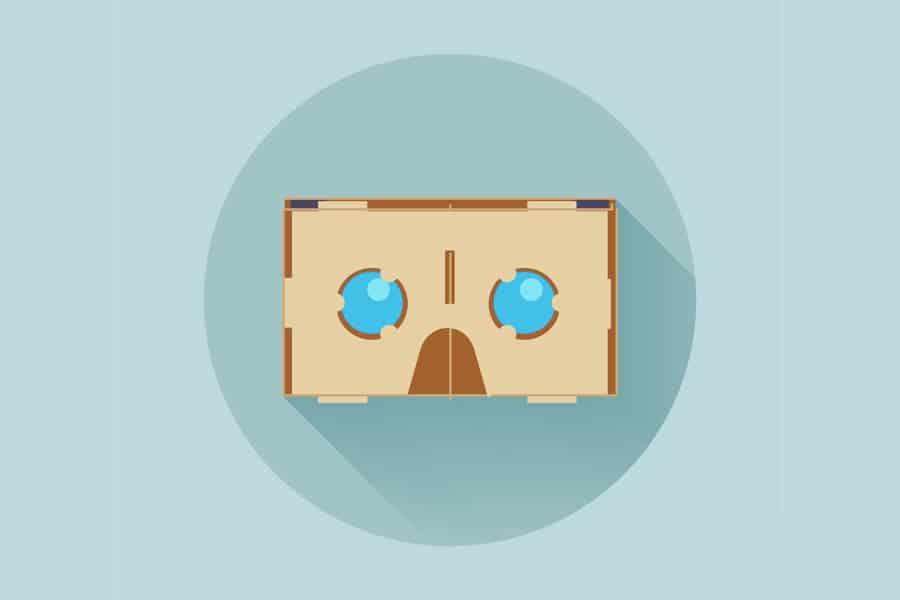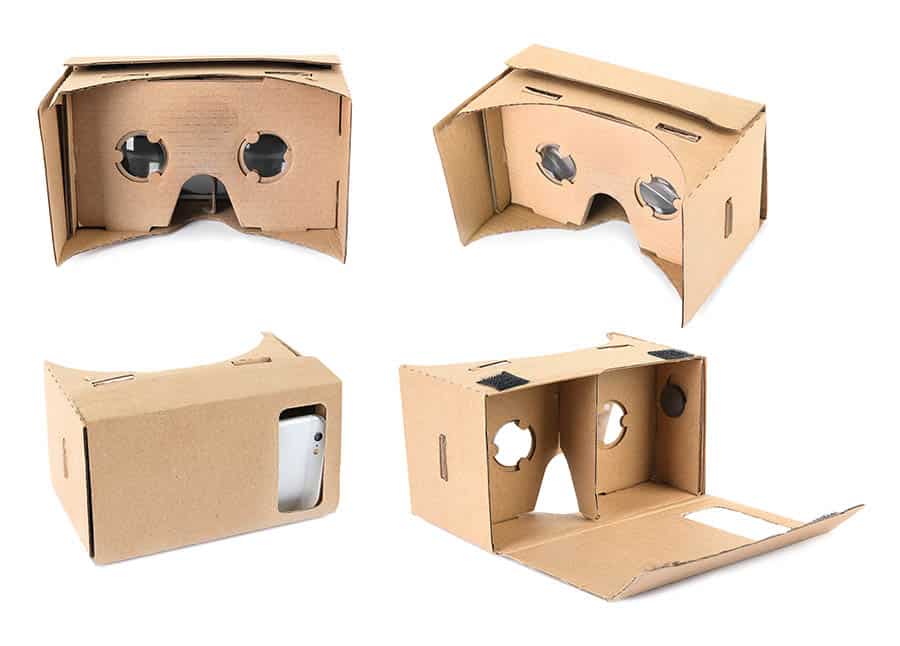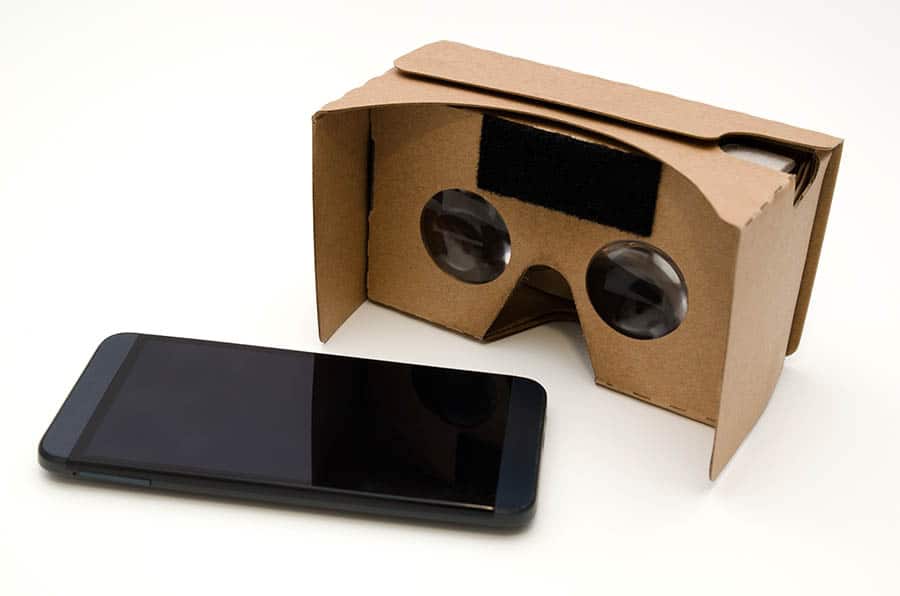VR headsets are increasing in terms of popularity – but for the most part, they’re also maintaining their high price. This makes it difficult for those that want to try virtual reality out without having the funds to necessarily do so.
One way that you can get the experience of using a VR headset without having the high costs associated with them is by making your own DIY VR headset. And although it might seem like it would be difficult to do so, it’s actually very straightforward.
So, how can you make your own VR headset? We’re going to look at how easy it is with this step-by-step tutorial.
DIY VR Headsets – Is Google Cardboard good? [Step-by-step guide]

For those looking at Google cardboard as a solution to their virtual reality needs, you might be wondering whether Google cardboard is still good as of the current day.
Actually, as of this year, we now know that the Google cardboard headset has been completely discontinued by the brand. According to Android Police, his is likely due to the brand moving in a whole new direction going forward, with less of a focus on virtual reality.
The relatively low sales of VR headsets across the board is likely a big factor in their decision. And when you add in Android, YouTube, the G Suite and a whole host of other branches of Google, you can see why they’ll want to take this off the table – at least for the meantime.
Whilst there hasn’t been much change in terms of Google cardboard, it has been one of the best ways to get started with virtual reality for a very low cost. It enables you to build your own DIY VR headset out of the materials that are provided, and it’s very easy to do.
And even though the original Google cardboard is now discontinued, there have been a ton of other cardboard compatible headsets that have been released alongside it that you can still buy, many even cheaper than the original version itself. This includes versions by Mattel, Dodocase, Homido, Vusion and Maxbox.
These additional styles of Google cardboard have managed to keep the app going for the time being, and it’s managed to maintain interest since being launched years ago. How easy is it to put a cardboard headset together? Well, it’s very easy – here’s how you do it.
Best Google Cardboard Alternatives

Although Google cardboard has been the best way for you to make your own VR headset, it isn’t the only way that you can do this.
There are also many other alternative methods out there that you can use if you want to make your own cheap VR headset without paying the high costs of the PSVR or other headsets.
How to put a DIY cardboard headset together

As I’ve mentioned, Google cardboard or a similar VR headset is the best place for you to get started with a DIY headset, and it’s quite easy for you to put it together. Here are the steps to follow to put your Google cardboard headset together.
- The first thing that you’re going to need to do is download the Cardboard app on your Android phone. Then, you can go ahead and pair it to your headset.
- Next, you’ll need to scan the QR code that’s on your Google cardboard. You’ll find this pretty easily on the side of the headset.
- After this, you’ll actually want to put the headset itself together. You can do this by opening the flap at the top of the headset, and pressing the flaps at the sides of the Google cardboard against the velcro fasteners.
- The top flap should be open – go ahead and put your phone in there now, and close the flap behind it to secure it properly.
- Now, the cardboard should be up and ready to go. Put it against your eyes slowly, and take a little time to get used to it.
This is the basic guide for putting your Google cardboard together. It’s not particularly difficult, which is why it’s often said to be the best gateway to virtual reality.
Download the Cardboard app

Now, to actually use the Google Cardboard headset, you’re going to need to go ahead and download the Cardboard app. It’s far from perfect itself, so you will need to be a little bit patient with it.
The user interface isn’t the easiest to use – surprising from Google, who usually have an emphasis on this – but you can get used to it pretty easily. Of course, it’s not really designed to be something that you’ll use every day. It’s more of a fun thing that you can test out for a period of time.
This is probably because Google’s focus has really moved elsewhere. It isn’t as updated and current as many of us would like it to be, but it’s still the perfect place to start your VR journey. Remember that this is just the starting place in terms of apps you can use with cardboard.
There are many other VR apps that you can use with your own DIY headset, so once you’ve got it ready to use, you’ll have different options available to you. For example, you can use it with YouTube 360°, as well as the Cardboard Camera app too.
Conclusion
Overall, it’s quite easy to put your DIY VR headset together. Whilst it might not give you the same experience as some of the expensive headsets on the market, it can definitely give you a taster of what virtual reality is all abut and how it works.
It’s the perfect place to start if you’re interested in getting into virtual reality without the high price tag associated with its products. Then, when you’re ready, you can start looking at fully fledged virtual reality headsets to use instead.